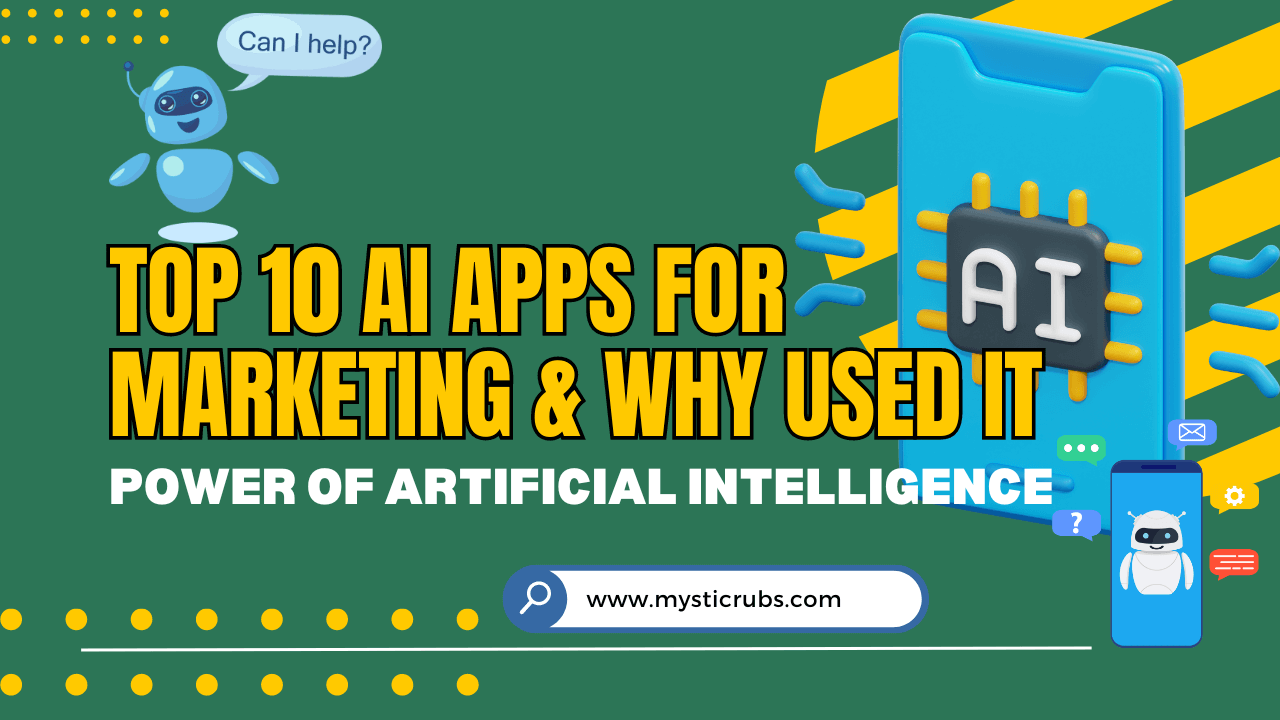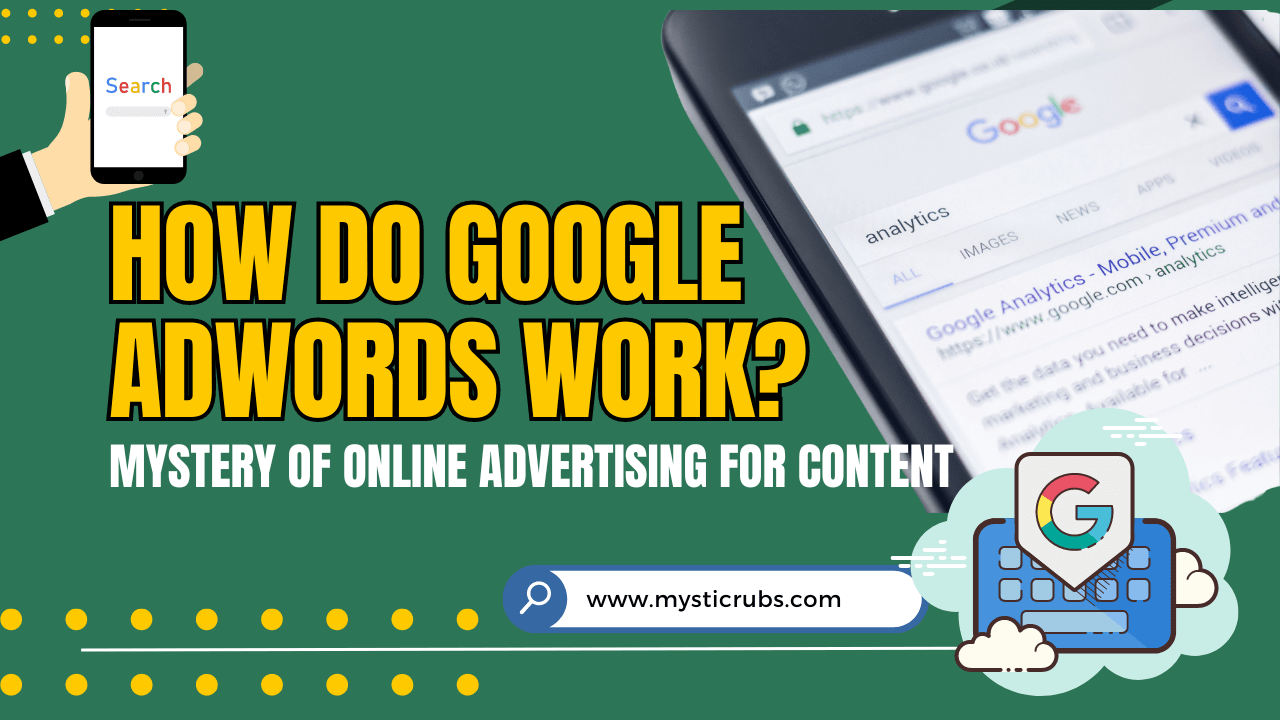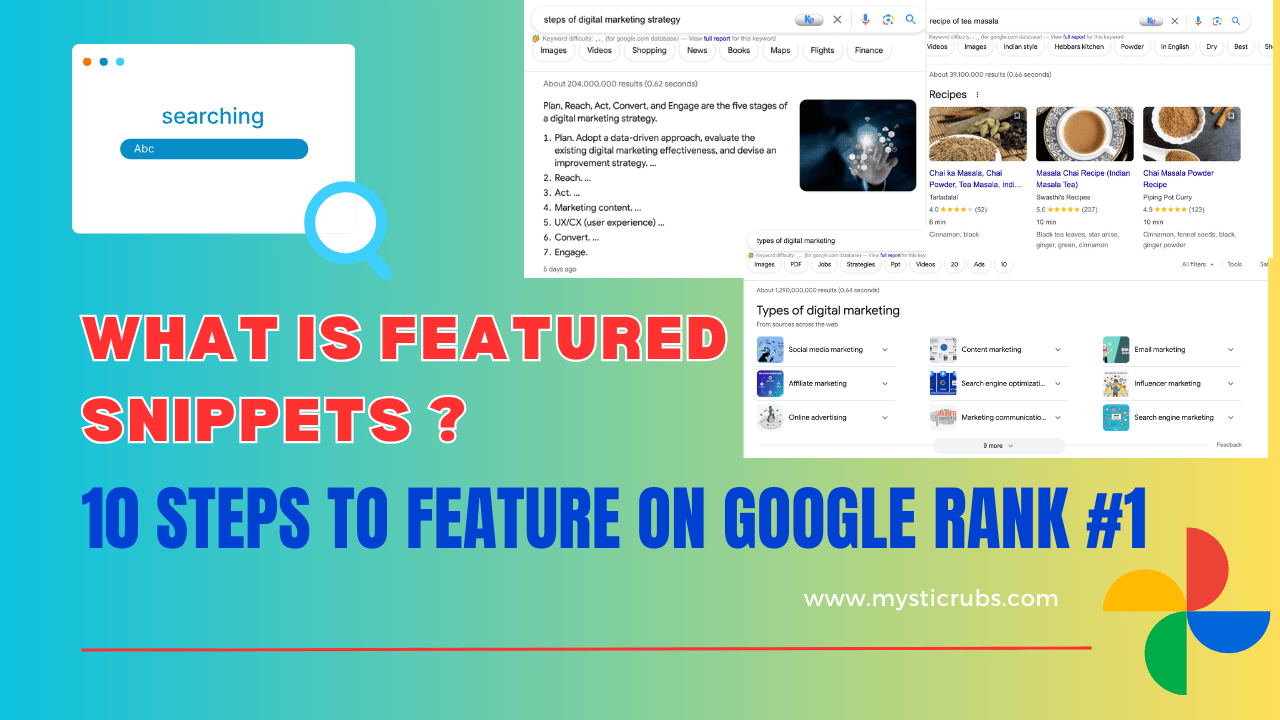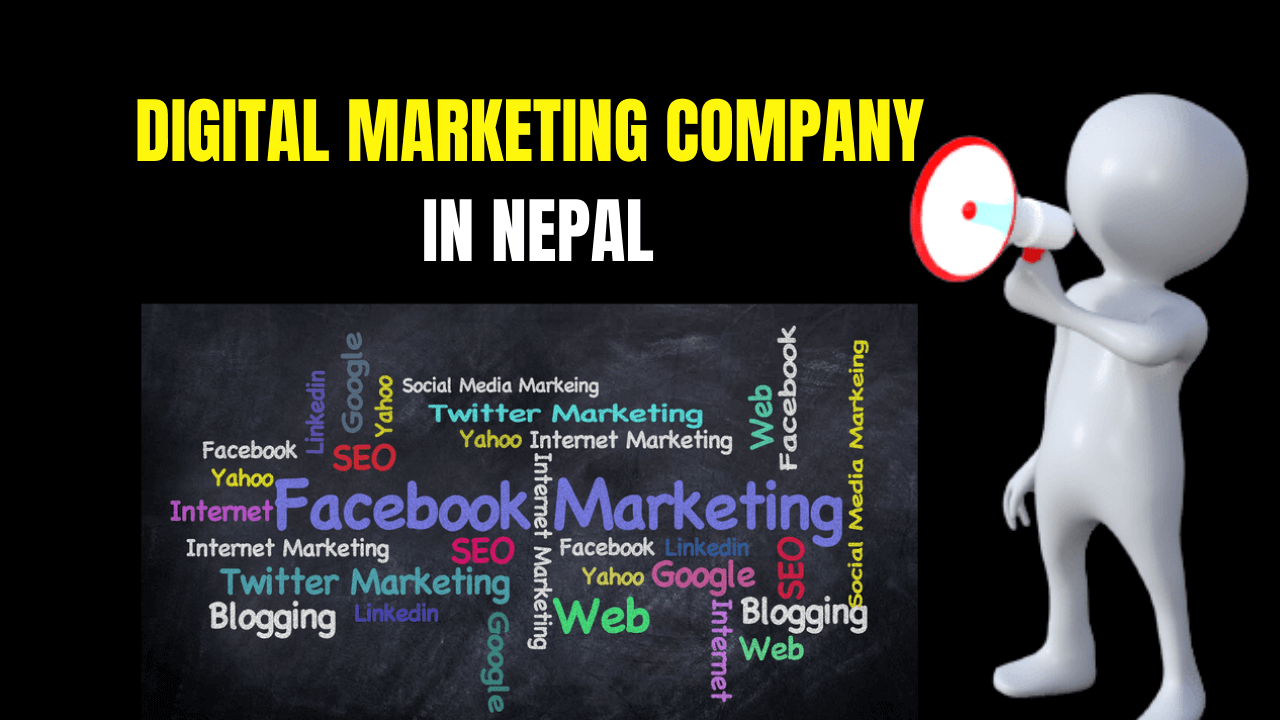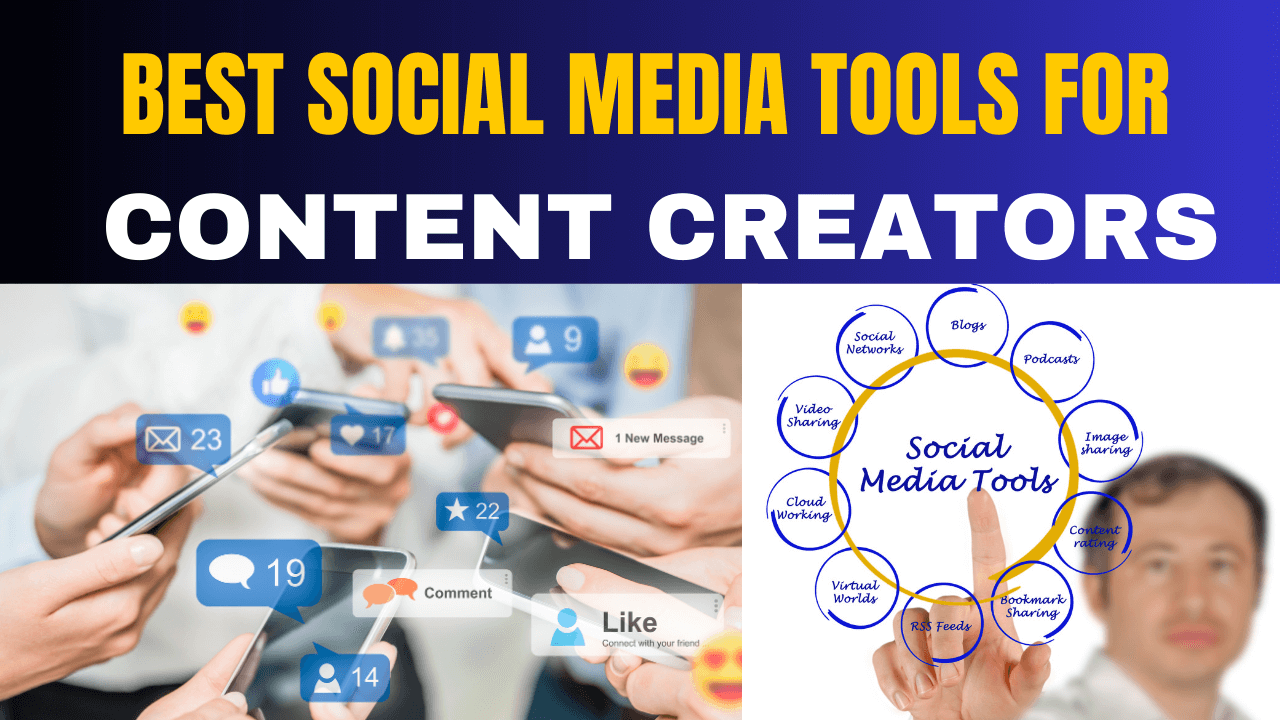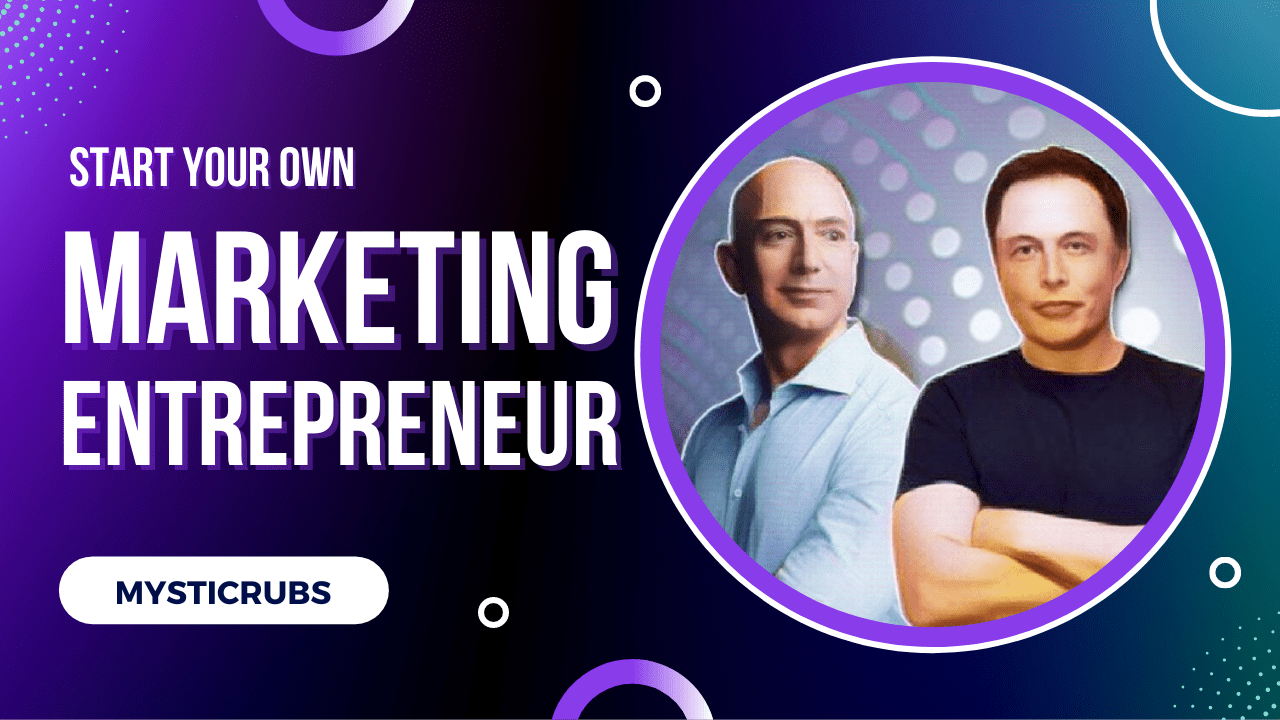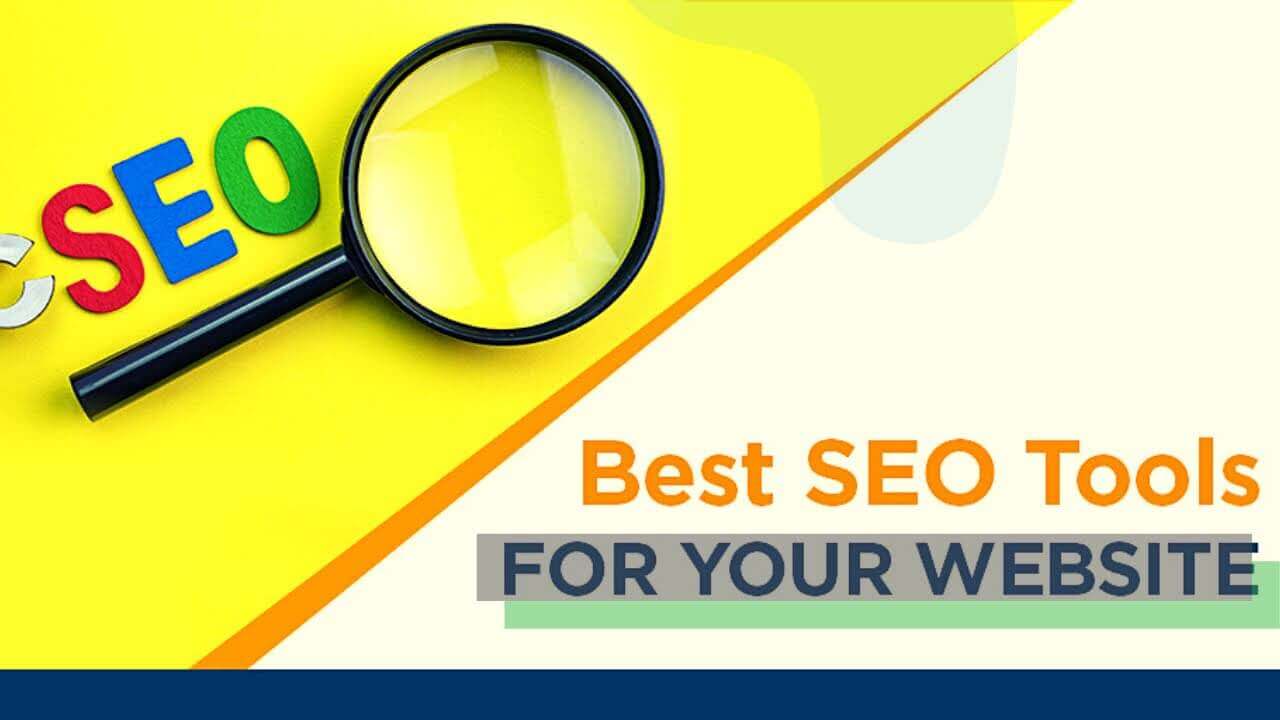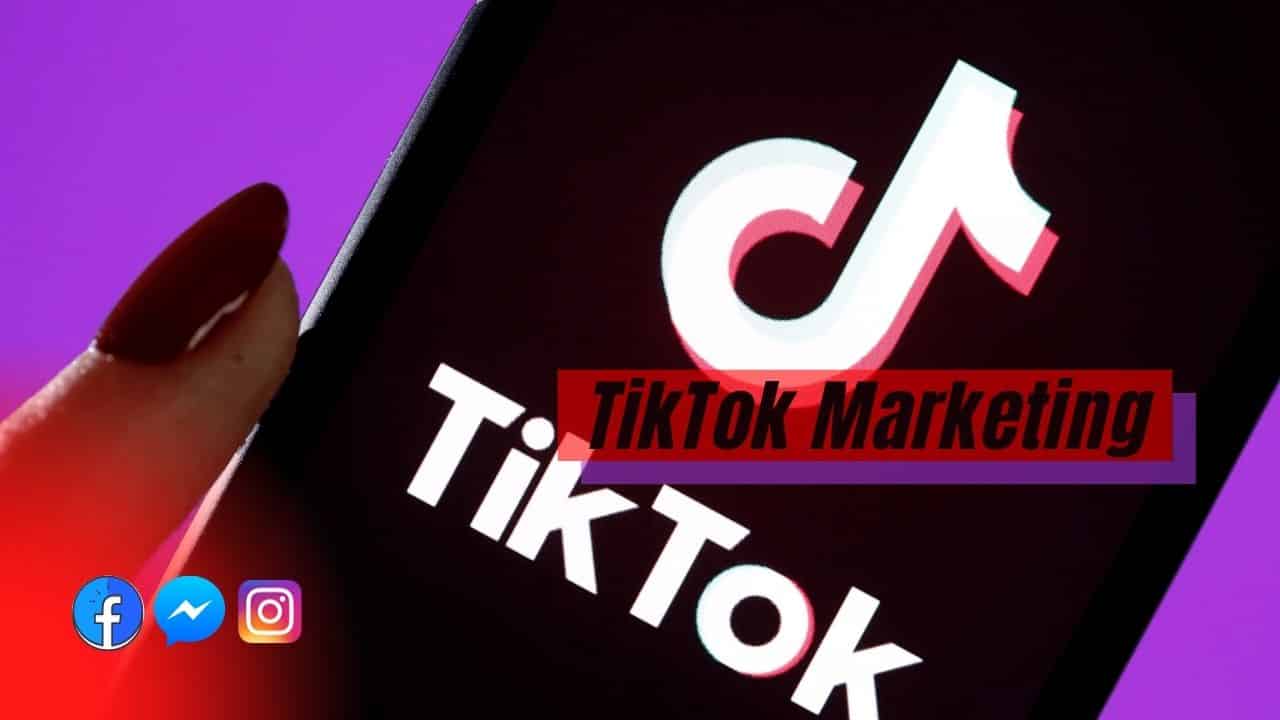Conquer Every Corner with 360 Digital Marketing Services
1 month agoWhat are the types of SEO in Digital Marketing?
9 months ago -
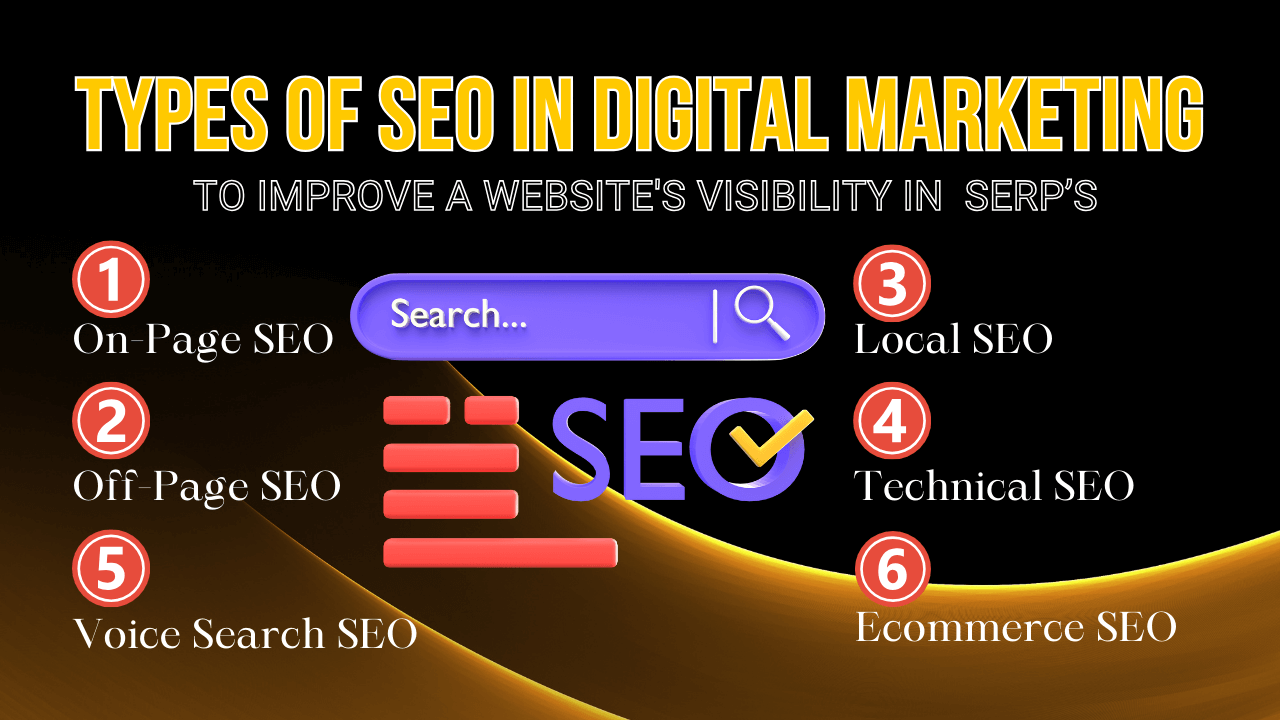
SEO, or Search Engine Optimization, is the cornerstone of digital marketing. In a world where every business is vying for online visibility, understanding the various types of SEO in digital marketing is crucial. If you’re a Digital Marketer or SEO Expert, you probably already know about the basic types of SEO in Digital Marketing, such as On-Page, Off-Page, Local, and Technical SEO. If not, no worries, I’ve covered these basics in the article. Have you heard about Voice Search SEO, Mobile SEO, or Ecommerce SEO? This article delves into the intricate world of SEO, shedding light on its different facets, strategies, and how they can benefit your digital marketing efforts.
Discover the nuances of Types of SEO in Digital Marketing and how they impact your online presence.
Introduction
SEO stands for “Search Engine Optimization“. It is the practice of optimizing websites to rank higher in search engine results pages (SERPs) for relevant queries or keywords. The main goal of SEO is to increase a website’s visibility and organic (non-paid) traffic from search engines like Google, Bing, and Yahoo.
In the dynamic realm of digital marketing, staying ahead of the curve is paramount. SEO is the magic wand that can help you achieve this. It’s not a one-size-fits-all solution; rather, SEO is multifaceted, with different types catering to diverse needs and strategies. In this article, lets explore the Types of SEO in Digital Marketing allow to make informed decisions to enhance your online visibility.
Types of SEO in Digital Marketing
SEO optimizes your online content so search engines like Google, Bing, or Yahoo rank it higher in search results, increasing the chances of potential visitors finding your website. To achieve this, SEO employs various techniques, which can be categorized into different types of SEO based on their focus and execution.
On-Page SEO
On-Page SEO, as the name suggests, involves optimizing the elements on your website’s individual pages. This includes optimizing elements on the website’s pages, such as titles, meta descriptions, headings, content, images, and internal linking structure, to make them more relevant and understandable for search engines.
The key to successful On-Page SEO is creating high-quality, informative, and engaging content that caters to the needs of your target audience. This not only helps in search engine rankings but also keeps your visitors engaged, encouraging longer stays on your site.
Key Elements:
- Keyword Optimization: On-Page SEO involves optimizing content with relevant keywords, ensuring they appear naturally and in the right places.
- Content Quality: Creating high-quality, informative, and engaging content is crucial for On-Page SEO.
- Meta Tags: Crafting compelling meta titles and descriptions to entice users to click on your search results.
- URL Structure: Ensuring clear and user-friendly URL structures.
- Internal Linking: Building a network of internal links that enhances user experience and helps search engines understand your content better.
- Mobile Optimization: Ensuring that your website is mobile-friendly and responsive.
Benefits of SEO in Digital Marketing:
- Content Relevance: On-Page SEO ensures your content is highly relevant to your target audience.
- User Experience: It improves the overall user experience by providing valuable content and a user-friendly design.
- Crawling and Indexing: Helps search engines crawl and index your website more effectively.
Off-Page SEO
Off-Page SEO concentrates on building your website’s reputation and authority on the internet. The most prominent aspect of Off-Page SEO is link-building. When other authoritative websites link to your content, it signals to search engines that your website is a reliable source of information.
This type of SEO is all about creating strong backlinks, social media marketing, and other external efforts to boost your website’s credibility.
Acquiring high-quality backlinks from authoritative and relevant websites, as search engines consider backlinks as signals of a website’s authority and popularity.
Key Elements:
- Backlinks: Acquiring high-quality, relevant backlinks from authoritative websites in your industry.
- Social Signals: Engaging with your audience on social media platforms to increase your online presence and brand awareness.
- Guest Blogging: Writing guest posts for other websites and linking back to your site.
- Online Reputation Management: Managing your online reputation and responding to reviews and comments.
Benefits:
- Authority Building: Off-Page SEO helps establish your website’s authority and credibility.
- Wider Audience: It can expose your website to a broader audience through backlinks and social media presence.
- Trust: Building trust with search engines and users through endorsements from reputable sources.
On-Page vs. Off-Page SEO: Which is Better for Website Visibility?
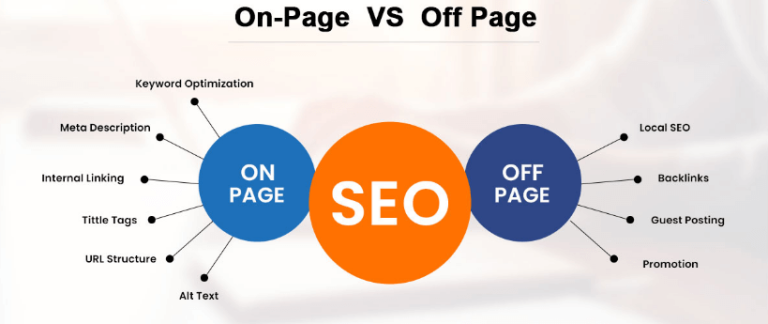
When it comes to improving website visibility and search engine rankings, two fundamental strategies are On-Page SEO and Off-Page SEO. Both types of SEO in digital marketing are vital, but they focus on different aspects of optimization. Let’s compare and contrast On-Page and Off-Page SEO to determine which is more critical for enhancing website visibility.
In reality, both On-Page and Off-Page SEO are essential for website visibility and search engine rankings. They complement each other to create a well-rounded SEO strategy. Here’s why both are vital:
- On-Page SEO ensures your website is technically sound, content-rich, and user-friendly. It provides the foundation for search engines to understand and rank your content correctly.
- Off-Page SEO extends your reach by building trust, credibility, and authority in your niche. It boosts your website’s online presence through backlinks and social signals.
In summary, prioritizing one over the other isn’t the best approach. A balanced combination of On-Page and Off-Page SEO is crucial for achieving the best results in website visibility. These two strategies work in synergy to improve your website’s rankings, visibility, and overall online success.
So, in the On-Page vs. Off-Page SEO debate, the winner is a tie—both are equally important for enhancing website visibility and search engine rankings.
Local SEO
Local SEO is vital for businesses targeting a specific geographical area. It ensures that your business appears in local search results when people are looking for products or services nearby. By optimizing your website for local searches, you can attract potential customers in your vicinity.
Local SEO strategies include creating and optimizing Google My Business listings, getting customer reviews, and ensuring that your NAP (Name, Address, Phone number) information is consistent across various platforms.
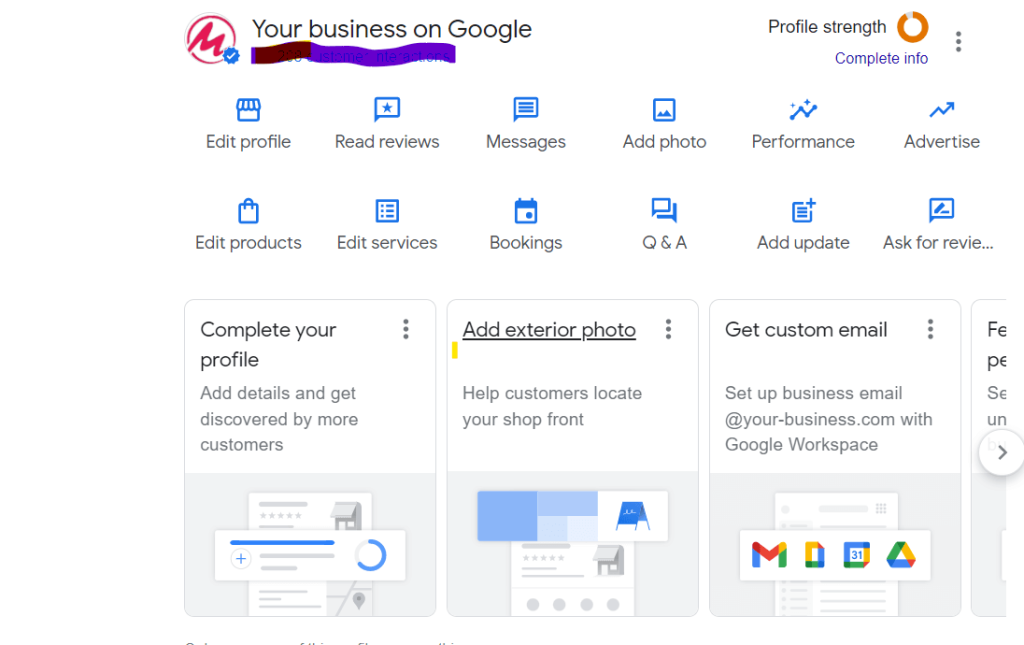
Optimizing a website for local search results, which is particularly important for businesses that serve specific geographic areas
Technical SEO
Technical SEO involves optimizing the technical aspects of your website to enhance its visibility in search engines. This includes improving website speed, ensuring mobile-friendliness, and making sure that your website is easily navigable.
A technically sound website not only pleases search engines but also offers a superior user experience, which is essential for retaining visitors and converting them into customers.
Ensuring that the website is technically optimized for search engines, including factors like site speed, mobile-friendliness, indexability, and crawlability.
Related Article: Technical SEO vs Local SEO: Which Strategy Will Boost Your Website’s Success?
E-Commerce SEO- Types of SEO in Digital Marketing
E-Commerce SEO is tailored for online stores. It focuses on optimizing product listings, enhancing user experience, and ensuring that the website is geared towards driving sales. With the proliferation of online shopping, E-Commerce SEO is a game-changer for businesses in the digital marketplace.
Creating compelling product descriptions, optimizing images, and streamlining the purchase process are all part of this dynamic SEO strategy.
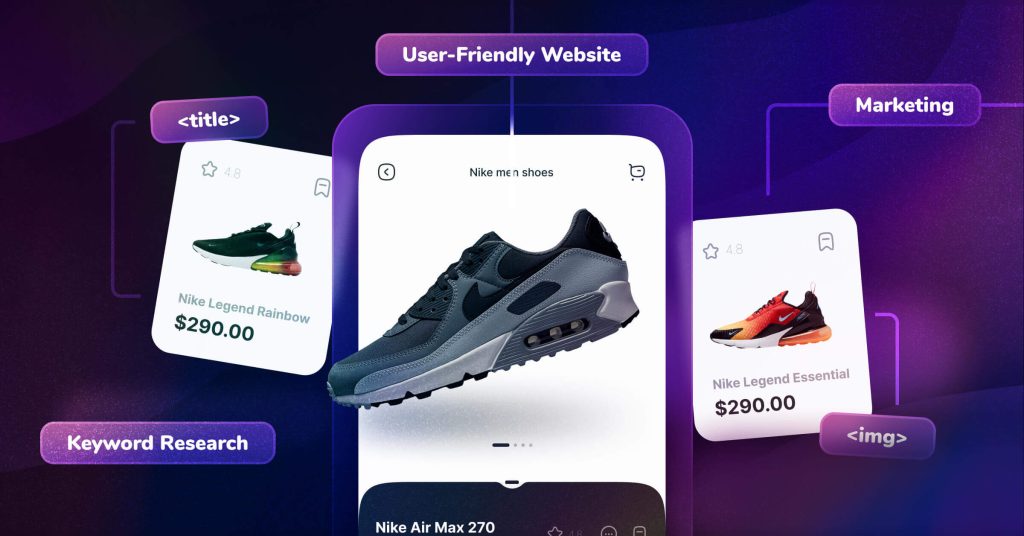
The Power of E-Commerce
E-Commerce, short for electronic commerce, has revolutionized the way we shop. It’s convenient, accessible, and offers a vast array of products and services at your fingertips. As an E-Commerce business owner, leveraging the power of SEO is vital for success. E-Commerce SEO is a specialized approach that focuses on optimizing your online store for search engines, ensuring your products are easily discoverable by potential customers.
Key Strategies for E-Commerce SEO
E-Commerce SEO is not a one-size-fits-all strategy; it requires a tailored approach to make your online store stand out. Here are some key strategies to consider:
1. Keyword Research
Keyword research is the foundation of E-Commerce SEO. Identify relevant keywords that potential customers use when searching for products similar to yours. These keywords should be integrated into your product listings, descriptions, and meta tags.
Identifying relevant keywords that potential customers or users are likely to search for and incorporating them strategically throughout the website’s content and meta tags.
2. High-Quality Product Descriptions
Craft unique and informative product descriptions. Include essential information, specifications, benefits, and user reviews. High-quality product descriptions not only improve SEO but also enhance the shopping experience for your customers.
3. Optimize Images
High-resolution images and product photos are essential for E-Commerce. Optimize these images by using descriptive file names and alt tags, making them more search engine-friendly.
4. Mobile Optimization
With the increase in mobile shopping, your E-Commerce store must be mobile-friendly. Ensure that your website design and functionality are seamless on smartphones and tablets.
5. Site Speed
Website speed is a critical factor in SEO and user experience. A slow-loading site can deter customers and affect your search engine rankings. Optimize your site’s speed to ensure fast and smooth browsing.
6. User Reviews
Encourage customers to leave reviews for your products. Positive reviews not only build trust but also improve your SEO by increasing user-generated content.
7. Structured Data
Implement structured data (schema markup) to provide search engines with additional information about your products. This can lead to rich results, such as star ratings and pricing details, in search engine listings.
8. Secure Checkout
Security is a top priority for online shoppers. Ensure your checkout process is secure and that you have an SSL certificate, which can also positively impact your SEO.
The Impact of E-Commerce SEO
Investing in E-Commerce SEO can yield substantial benefits for your online business. By optimizing your store for search engines, you can:
- Increase your website’s visibility in search engine results, making it easier for potential customers to find your products.
- Attract more organic traffic to your website, reducing your reliance on paid advertising.
- Improve the user experience, leading to higher customer satisfaction and increased sales.
- Build brand credibility and trust, which is crucial for long-term success in E-Commerce.
E-Commerce SEO is a long-term strategy that can set your online store on a path to sustainable growth and profitability. While it requires ongoing effort and adaptation to the ever-changing SEO landscape, the rewards in terms of increased sales and brand recognition are well worth it.
Voice Search SEO- Types of SEO
With the rise of voice-activated devices, optimizing for voice search has become crucial. This is another types of SEO in Digital Marketing that involves creating content that answers the conversational queries users make to voice assistants like Siri, Alexa, or Google Assistant.
The Rise of Voice Search
The use of voice-activated devices for web searches is on the rise. With the convenience of simply asking a question and receiving an answer, more and more people are turning to voice search. This change in user behavior has prompted search engines to adapt their algorithms to better understand and respond to voice queries.
How Voice Search Differs from Text Search?

Voice search differs significantly from traditional text-based searches. When people type a query into a search engine, they tend to use concise keywords. In contrast, voice search queries are more conversational. Users ask full questions, and they expect comprehensive, natural-sounding answers.
For example, in a text search, a user might type “best Italian restaurants.” In a voice search, the user is likely to ask, “What are the best Italian restaurants near me?” This shift in user behavior has profound implications for SEO.
Optimizing for Voice Search
To excel in Voice Search SEO, you need to understand how people phrase questions when speaking to voice assistants. Here are some strategies for optimizing your content for voice search:
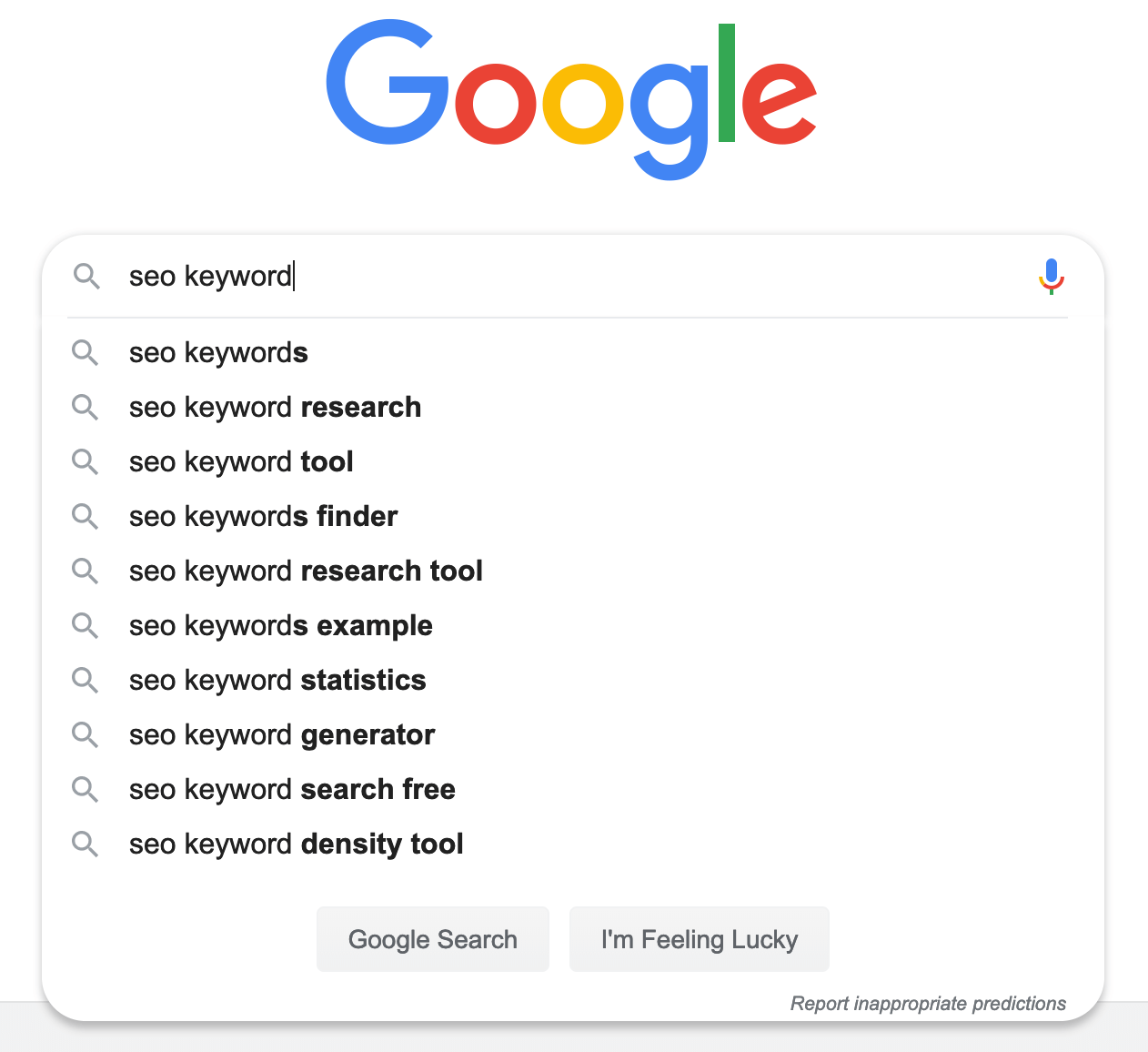
1. Natural Language
Your content should be written in a natural, conversational tone. Instead of focusing solely on keywords, aim to answer questions directly and concisely. Use language that mirrors how people speak in everyday conversations.
2. FAQ Pages
Creating FAQ (Frequently Asked Questions) pages can be highly effective for voice search optimization. These pages provide direct answers to common questions, aligning with the conversational nature of voice queries.
3. Schema Markup
Implement schema markup on your website to provide structured data that search engines can use to understand your content better. This helps your content appear as a featured snippet, which is often read aloud in voice search results.
4. Mobile Optimization
Given that many voice searches happen on mobile devices, ensure your website is mobile-friendly. Voice search often leads to “near me” searches, making it essential for your website to be easily accessible on smartphones.
5. Local Optimization
If your business serves a local audience, optimizing for local SEO is vital for voice search. This includes creating and maintaining Google My Business listings and ensuring your NAP (Name, Address, Phone number) information is consistent.
The Impact of Voice Search SEO
By embracing Voice Search SEO, you can position your content to be at the forefront of voice search results. This can translate into higher visibility and increased website traffic, ultimately leading to more conversions and business growth.
However, it’s crucial to remember that the landscape of voice search is constantly evolving. Staying updated with the latest voice search trends and technologies is essential to maintain your competitive edge.
As voice search continues to shape the digital marketing landscape, optimizing your content for voice queries is not just a choice; it’s a necessity. By speaking your audience’s language and providing direct, conversational answers, you can enhance your online presence and ensure that your content is discoverable through voice search.
Whether it’s answering general inquiries or providing information specific to your industry, Voice Search SEO offers a unique opportunity to connect with users in a more conversational and engaging way. Embracing this trend can be a game-changer for your digital marketing efforts.
Mobile SEO
Mobile SEO focuses on ensuring that your website is responsive and user-friendly on mobile devices. With more people accessing the internet through smartphones, Google and other search engines prioritize mobile-friendly websites. A seamless mobile experience not only improves your search engine rankings but also enhances user satisfaction.
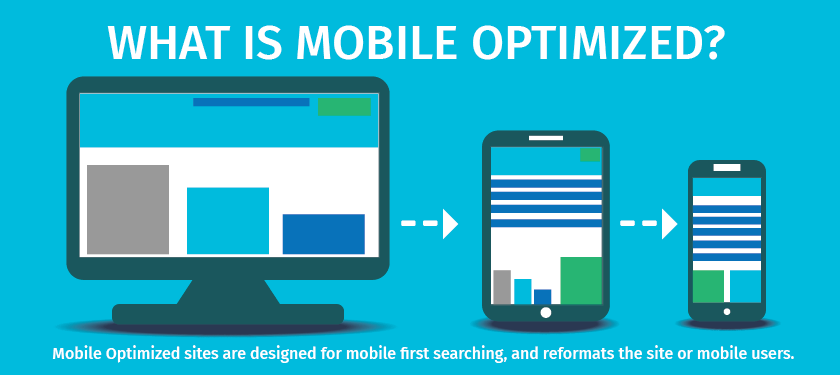
The Mobile Revolution
Mobile devices, such as smartphones and tablets, have transformed the way we access information, shop, and connect with the world. As a result, Google and other search engines have prioritized mobile-friendliness in their algorithms. Websites that are not mobile-optimized risk losing out on significant traffic and potential customers.
Mobile Optimization Strategies
To succeed in the world of Mobile SEO, you need to implement specific strategies to ensure that your website looks and performs exceptionally well on mobile devices:
1. Responsive Design
A responsive design is the foundation of mobile optimization. Your website should adapt seamlessly to various screen sizes and orientations. It ensures that your content is accessible & user-friendly, regardless of the device being used.
2. Mobile-Friendly Content
Content that is too small to read, buttons that are too close together, and pop-ups that obstruct the screen can frustrate mobile users. Ensure your content is easy to read, and interactive elements are user-friendly on smaller screens.
3. Optimize Loading Speed
Mobile users have less patience for slow-loading websites. Optimize your website’s loading speed by minimizing image sizes, using browser caching, and reducing server response times.
4. Mobile SEO Keywords
Consider mobile-specific keywords in your SEO strategy. Mobile users often use voice search and type differently than desktop users, so keyword research should reflect these habits.
5. Mobile Sitemaps
Create a mobile sitemap to help search engines index your mobile content accurately. This will improve your visibility in mobile search results.
6. Test on Multiple Devices
Test your website’s performance on various mobile devices and browsers to ensure a consistent user experience across different platforms.
The Impact of Mobile SEO
Investing in Mobile SEO has several profound effects on your website and business:
- Improved Visibility: Mobile-optimized websites are more likely to rank higher in mobile search results, increasing your visibility to potential customers.
- Better User Experience: Mobile optimization provides a smoother, more user-friendly experience, which can lead to longer visits and higher conversion rates.
- Competitive Advantage: Mobile SEO ensures you stay ahead of competitors who may not have optimized their websites for mobile.
Video SEO – Types of SEO
Video content is gaining popularity in digital marketing that involves optimizing your videos to appear in search engine results. This includes using the right keywords, creating engaging video descriptions, and providing transcripts for accessibility.
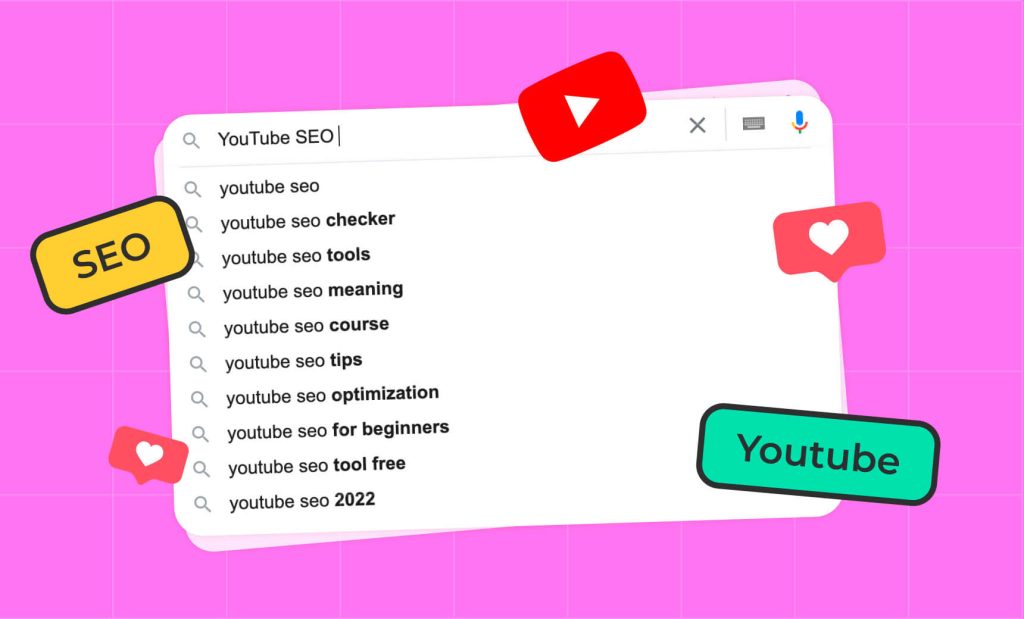
Key Strategies for Video SEO
To excel in types of Video SEO, consider these key strategies:
1. Keyword Research
Just like traditional SEO, keyword research is vital for Video SEO. Identify relevant keywords related to your video content, and include them in your video title, description, and tags. This helps search engines understand your content.
2. Engaging Thumbnails
Create eye-catching thumbnails that accurately represent your video’s content. A engaging and eye-catching thumbnail can entice users to click on your video when it appears in search results.
3. High-Quality Content
Quality matters. Create valuable, engaging, and informative video content. The longer viewers watch your videos, the more they signal to search engines that your content is relevant and valuable. For this you can use Chatgpt.
Producing high-quality, relevant, and engaging content that provides value to users and addresses their search queries effectively.
4. Transcripts and Closed Captions
Including transcripts and closed captions in your videos makes them more accessible and indexable by search engines. It also caters to a broader audience includes those with hearing impairments.
5. Optimize Video Length
There’s no universal rule for video length, shorter videos often perform better. Keep your content concise and to the point, but ensure you deliver value.
6. Promote and Share
Promote your videos across various platforms, including social media, your website, and other video-sharing sites. Sharing and embedding your videos can enhance their visibility and reach.
The Impact of Video SEO
Investing in Video SEO can have a profound impact on your online presence:
- Increased Visibility: Well-optimized videos are more likely to appear in search results, increasing your exposure to potential viewers.
- Higher Engagement: Video content keeps viewers longer boost your overall website.
- Conversion Opportunities: Videos can be powerful tools for driving conversions
Video SEO is a game-changer in the digital landscape. By implementing effective strategies, optimizing your video content, and promoting your videos, you can increase your online visibility, reach a broader audience, and engage viewers in meaningful ways.
FAQ
What is the primary goal of SEO?
The primary goal of all types of SEO in digital marketing is to improve a website’s visibility in search engine results, increasing organic traffic and attracting potential customers.
Is On-Page SEO more essential than Off-Page SEO?
On-Page and Off-Page SEO are essential in website optimization. On-Page SEO help your content high-quality and relevant, while Off-Page SEO builds your website’s credibility through backlinks and other external factors.
How can I optimize my website for local searches?
To optimize your website for local searches, create and verify a Google My Business listing, encourage customer reviews, and ensure your NAP information is consistent across the web.
What are the technical aspects of SEO?
Technical SEO involves optimizing website speed, mobile-friendliness, and site structure, among other factors, to improve search engine rankings.
Why is mobile SEO important?
Mobile SEO is important because it helps your website user-friendly on mobile devices that is essential to increase the use of smartphones for web browsing.
How can I optimize my videos for search engines?
To optimize videos for search engines, use relevant keywords, create engaging descriptions, and provide transcripts for accessibility.
How does video length impact Video SEO?
There’s no universal rule, shorter videos often perform better. Keeping your content concise and valuable is essential for maintaining viewer engagement.
How can I optimize loading speed for mobile users?
You can optimize loading speed for mobile users by minimizing image sizes, using browser caching, and reducing server response times.
What are mobile-specific keywords in Mobile SEO?
Mobile-specific keywords are search terms that reflect the way mobile users conduct searches, including voice search and specific mobile search habits.
How can I optimize product images for SEO?
Optimize product images by using descriptive file names and alt tags. This makes images more search engine-friendly and can improve your SEO.
Why is mobile optimization essential for E-Commerce SEO?
With the increasing use of mobile devices for online shopping, mobile optimization ensures that your E-Commerce store is accessible and user-friendly on smartphones and tablets.
What is structured data, and how does it impact E-Commerce SEO?
Structured data, or schema markup, provides search engines with additional information about your products, leading to rich results in search engine listings, such as star or review ratings and pricing details.
How can user reviews benefit E-Commerce SEO?
User reviews not only build trust with potential customers but also improve SEO by increasing user-generated content on your website.
Also Read: Why Google Reviews are Vital for Your SEO Success?
Conclusion
In the ever-evolving landscape of technology, understanding the various types of SEO in digital marketing is the key to success. By harnessing the power of On-Page, Off-Page, Local, Technical, E-Commerce, Voice Search, Mobile, and Video SEO, you can position your business for maximum online visibility. Keep in mind that SEO is not a one-time effort; it’s an ongoing process that demands constant adaptation to the latest trends and technologies.
Latest Articles:
- AI is Product or Feature ? Comparison of AI as Product vs Feature
- Conquer Every Corner with 360 Digital Marketing Services
- Social Media Marketing Strategy for Small Business Success
- Top 12 AI Tools for Video Creation You Won’t Regret !



